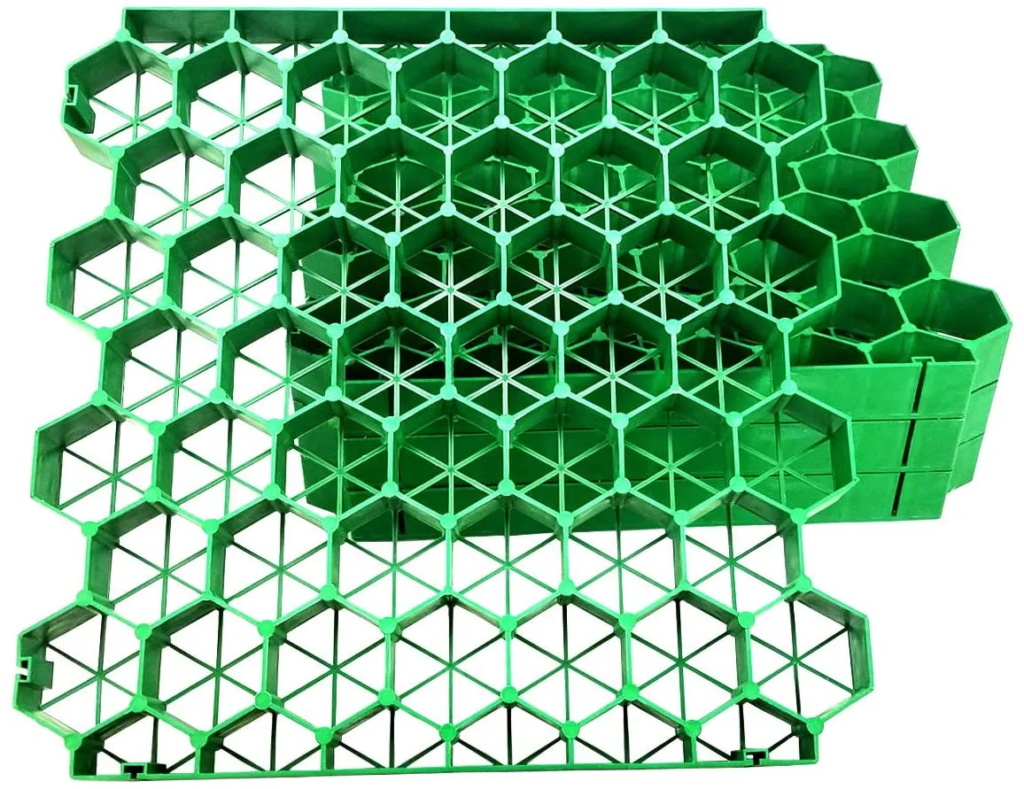Geogrids are geosynthetic materials used in the stabilization of soil on slopes and retaining walls. They are made of polyethylene, polypropylene, or other materials and are characterized by a grid-like structure that provides mechanical interlocking with surrounding soil. When used on slopes, geogrids are placed in layers on the surface of the slope and then covered with soil or other fill material. This improves the stability of the slope by increasing its shear strength, reducing erosion, and preventing landslides. Geogrids are also used to reinforce retaining walls, helping to distribute the weight of the fill and retaining structure more evenly, reducing the risk of failure. In conclusion, geogrids are an effective solution for slope stability and retaining wall reinforcement.

What is the use of geogrid in slopes?
Geogrids are used in slopes to reinforce and stabilize soil, reducing the risk of erosion and landslides. The grid-like structure of geogrids provides mechanical interlocking with surrounding soil, increasing the shear strength of the slope and improving its stability. Geogrids are placed in layers on the surface of the slope and covered with soil or other fill material. This reinforces the slope and helps distribute the weight of the fill evenly, reducing the risk of failure. The use of geogrids in slopes is a cost-effective and environmentally friendly solution for slope stability and erosion control, making it a popular choice for many construction and civil engineering projects.
